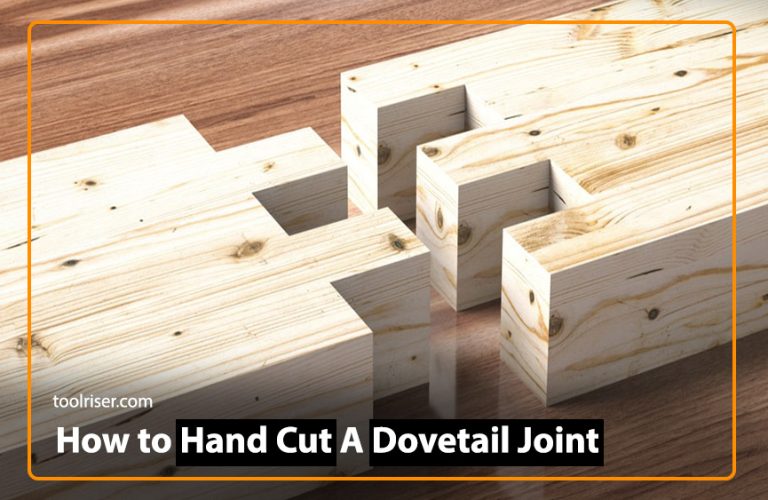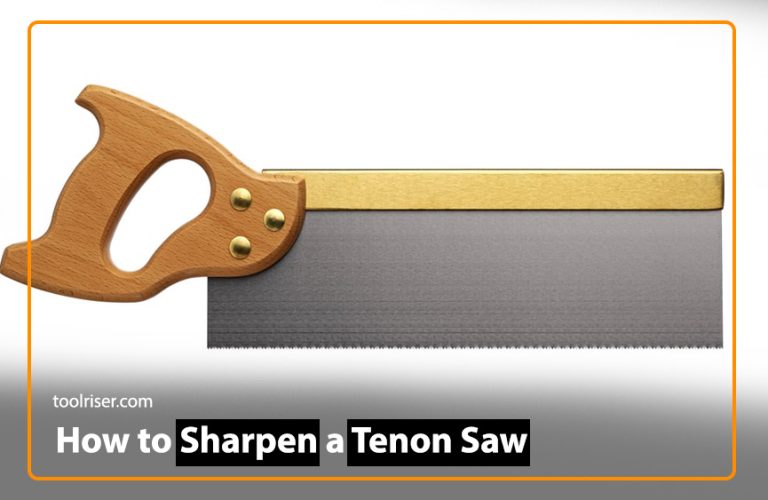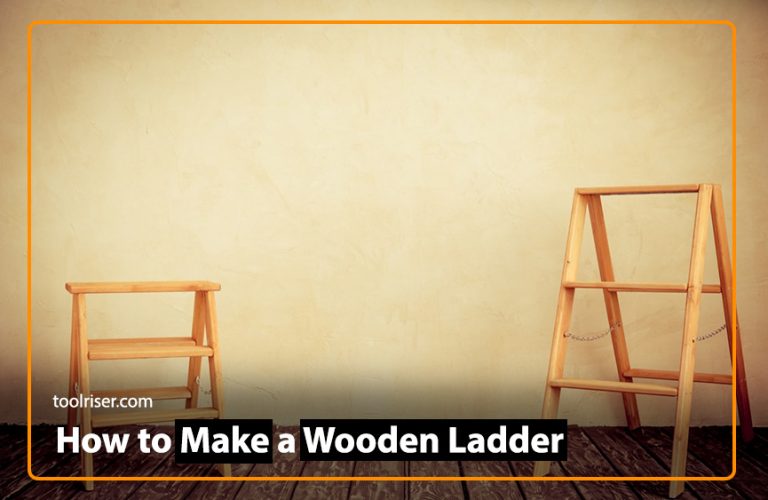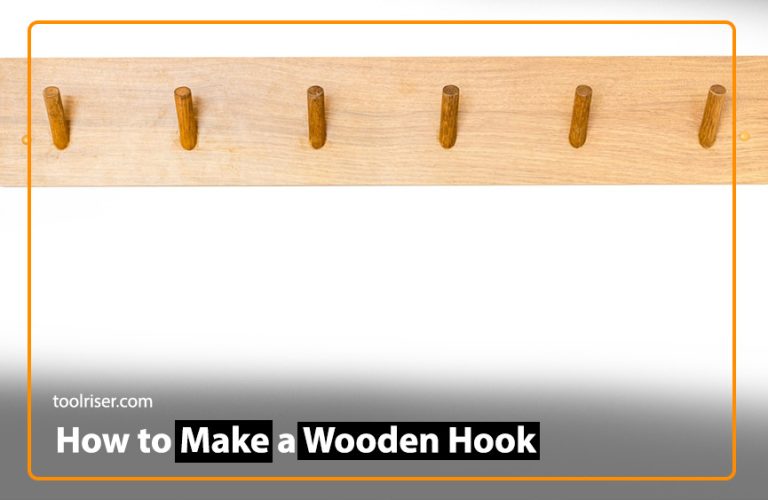How to Sharpen Wood Chisel: Step by Step Complete Guide
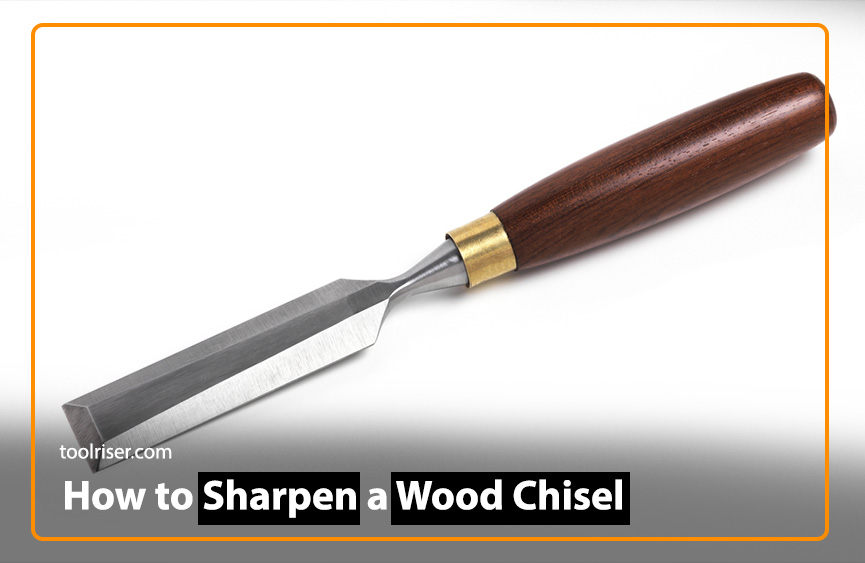
A sharp chisel is an essential tool for any woodworker. Whether you’re crafting intricate details or shaping wood for construction, a properly sharpened chisel can make all the difference in the quality of your work. In this guide, we’ll walk through the steps to sharpen a chisel effectively, ensuring it stays sharp and ready for use.
Steps to Sharpen a Chisel
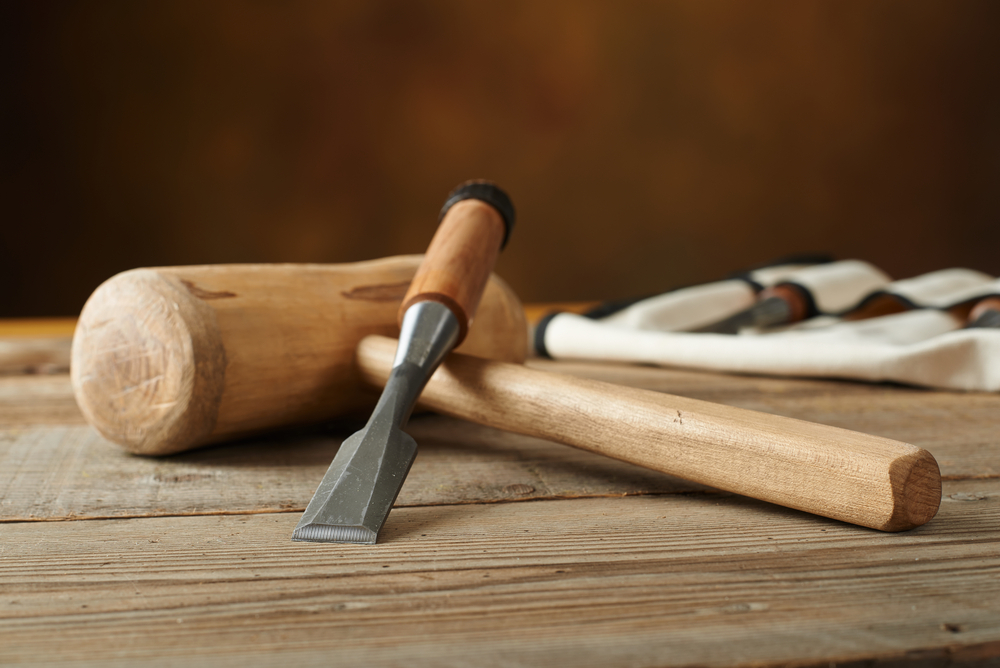
- Gather Your Tools and Materials
- Prepare the Chisel
- Grind the Bevel
- Hone the Edge
- Check for Sharpness
- Final Polishing
Tools and Materials Required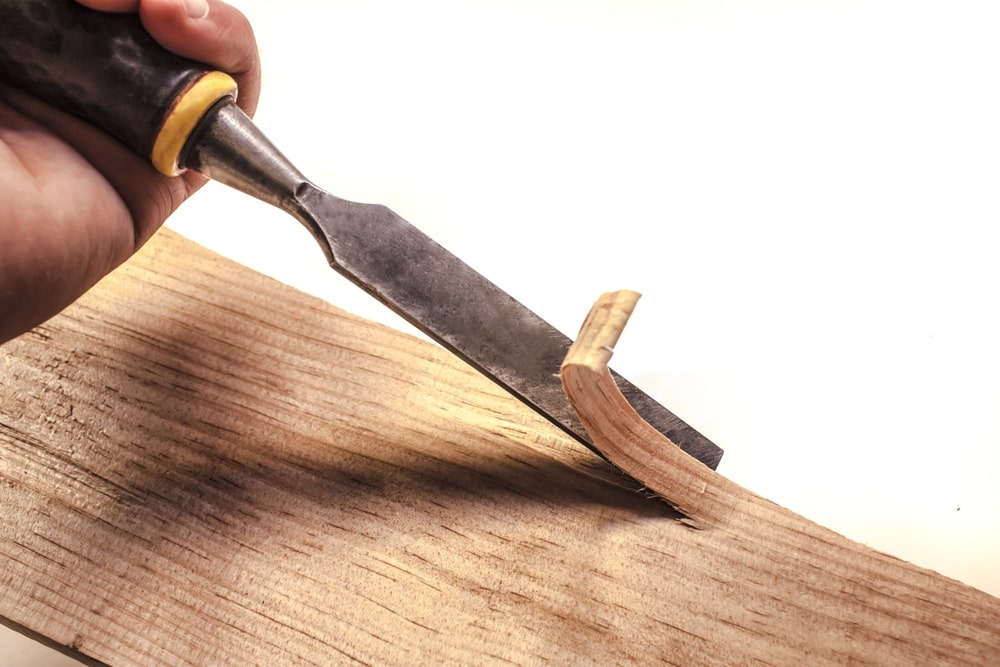
- Chisel
- Sharpening stones (coarse, medium, fine grit)
- Honing guide (optional but recommended)
- Sharpening jig (optional)
- Strop or leather belt
- Honing compound
- Water (for water stones) or honing oil
- Ruler or protractor
- Marker pen
- Safety goggles
Step-by-Step Guide of Sharpening of Chisel
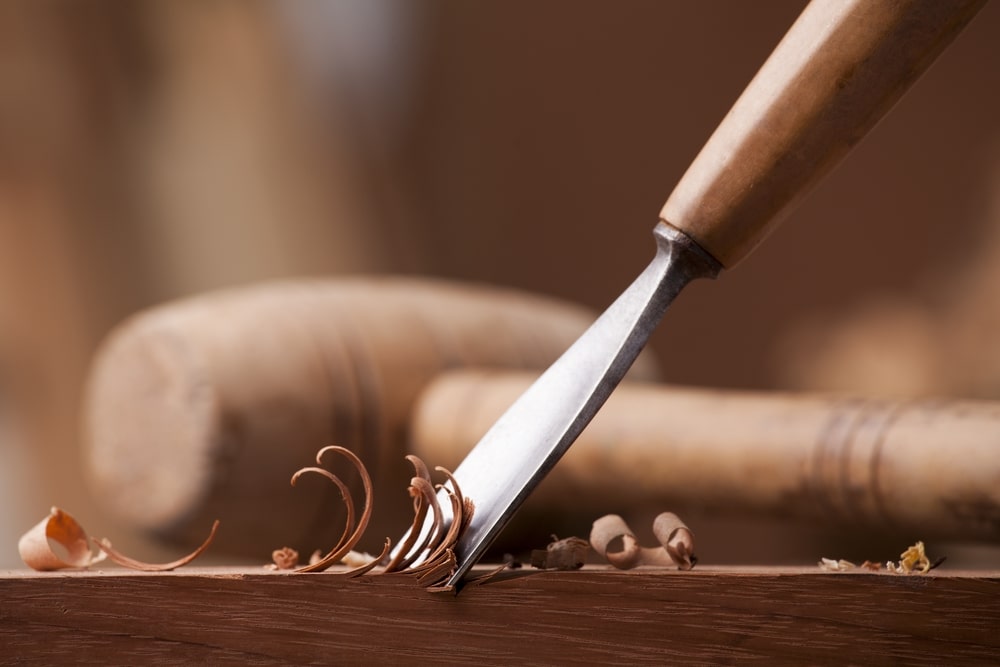
Gather Your Tools and Materials
Before you begin, ensure you have all the necessary tools and materials listed above. Having everything at hand will streamline the sharpening process and ensure you’re prepared for each step.
Prepare the Chisel
Start by cleaning the chisel’s blade to remove any dirt or debris. If the chisel is particularly dull or damaged, you may need to grind away any nicks or chips on the blade before sharpening.
Grind the Bevel
Use a coarse grit sharpening stone to establish the bevel angle. This angle typically ranges from 25 to 30 degrees, depending on the intended use of the chisel. Secure the chisel in a honing guide or jig to maintain a consistent angle throughout the sharpening process. Move the chisel across the stone in a circular motion, applying even pressure until you’ve created a burr along the entire edge.
Hone the Edge
Progress through finer grit stones to refine the edge further. Repeat the sharpening process with each stone, gradually increasing the sharpness of the chisel’s edge. Remember to maintain the same bevel angle and apply consistent pressure with each pass.
Check for Sharpness
Once you’ve honed the edge to your desired sharpness, carefully remove any remaining burr by lightly stroking the chisel across a strop or leather belt. Test the sharpness by gently slicing through a piece of scrap wood. The chisel should be cut cleanly without tearing or splintering the wood fibres.
Final Polishing
If desired, apply a small amount of honing compound to the strop or leather belt and polish the chisel’s edge for a razor-sharp finish. This final step will help prolong the edge’s sharpness and improve its overall performance.
Frequently Asked Questions (FAQs)
1. How often should I sharpen my chisels?
Ans. The frequency of sharpening depends on how often you use your chisels and the type of wood you’re working with. As a general rule, sharpen your chisels whenever you see any kind of low cutting performance or if the edge becomes dull.
2. What’s the best angle for sharpening a chisel?
Ans. The optimal bevel angle varies depending on the intended use of the chisel. For general woodworking tasks, a bevel angle between 25 and 30 degrees is commonly recommended.
3. Do I need a honing guide or jig to sharpen my chisels?
Ans. While not strictly necessary, a honing guide or jig can help maintain a consistent bevel angle and improve the accuracy of your sharpening. This can be especially useful for beginners or those working on more precise woodworking projects.
4. Can I sharpen my chisels with just a sharpening stone and no other tools?
Ans. While it’s possible to sharpen a chisel with just a sharpening stone, using additional tools such as a honing guide or strop can significantly improve the sharpening process and the quality of the resulting edge.
5. What’s the difference between water stones and oil stones for sharpening?
Ans. Water stones require soaking in water before use and provide a faster cutting action, making them ideal for quick sharpening sessions. Oil stones, on the other hand, use honing oil to lubricate the surface and are typically slower cutting but offer a finer finish.
6. How do I know when it’s time to replace my chisel?
Ans. If, despite repeated sharpening attempts, your chisel fails to hold an edge or becomes irreparably damaged, it may be time to replace it. Additionally, if the chisel’s blade is significantly worn or has developed cracks or deformities, it’s safer and more efficient to invest in a new one.
Read Also:- What is Wood Scraper ? How to Sharpen a Wood Scraper: Guide 2024
Conclusion
As you hone your chisels to perfection, remember that sharpening is not merely a task but a craft in itself, demanding patience, precision, and passion. Just as a master carpenter professionally shapes the wood into a masterpiece, so too must you sharpen your tools with dedication and care. In the workshop of life, every project, big or small, deserves the touch of a sharp chisel, ready to carve out possibilities from the roughness of reality. So, sharpen your skills, sharpen your chisels, and let your creativity carve the path to your dreams. And remember, as the old carpenter once said, “A blunt chisel is like a dull mind – ineffective until honed with purpose and sharpened by experience.”



